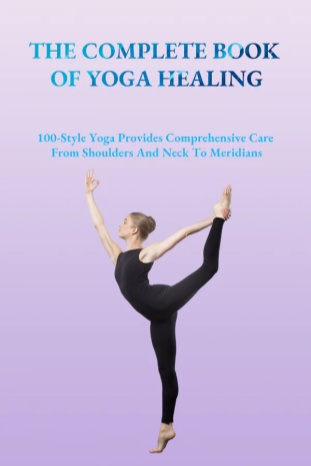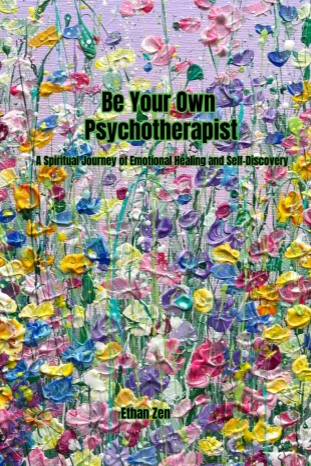Meditation and Mindfulness: Unlocking the Wisdom of Emotions
In our busy lives, we often face a range of emotions, including many negative ones. However, do you realize that you might be troubled by these emotions? Meditation and mindfulness are essential tools for many people seeking emotional management, inner peace, and a healthy lifestyle. Yet, they are not easily attained; the first step is recognizing the presence of negative emotions. You can cultivate inner peace through meditation. We sincerely recommend you to check our ebook In this book, you may can look for the right answer.

The Subtlety of Negative Emotions
In daily life, negative emotions such as hostility, pessimism, and lingering grievances often accompany us. Surprisingly, many people are completely unaware of this, even failing to recognize the existence of these emotions. They don’t manifest openly on our faces but are hidden in the corners of our minds, silently influencing our thoughts, behaviors, and even our physical health.
The Components of Emotion
Emotions are not formed by a single factor but are the result of three major components working together:
- External Environmental Stimuli These are various events, people, and situations we encounter in life. These external stimuli can provoke reactions within us.
- Internal Physical States Our physical states, such as hormone levels and blood pressure changes, can significantly impact our emotions.
- Cognitive Interpretation by the Brain How our brains interpret and evaluate external stimuli and internal physical states is a key factor in determining our emotions.

How to Address Emotional Issues
To tackle emotional problems, we can start with the three components mentioned above:
- Awareness of External Stimuli Learn to observe and perceive various events and interactions in life. When we notice negative stimuli, we can attempt to adjust our mindset or take appropriate actions to cope.
- Focus on Internal Physical States Understand the relationship between body language and emotional responses. Through practices like meditation and yoga, we can better sense our physical states and adjust our emotions accordingly.
- Reshape Cognitive Interpretations Our thought patterns and cognitive styles have a profound impact on our emotions. By learning and training, we can change our thought patterns to view problems in a more positive and healthy way.

The Power of Meditation and Mindfulness
Meditation and mindfulness are effective tools for addressing emotional issues. Meditation helps us cultivate inner peace and enhance focus, enabling us to better recognize our emotions and physical states. Mindfulness keeps us alert and aware, allowing us to respond to life’s challenges in more positive and healthy ways.
Through the practice of meditation and mindfulness, we can gradually learn how to manage our emotions and face the pressures and challenges of life. This not only benefits our mental health but also contributes to our physical well-being. Scientific evidence shows that long-term emotional stability and a positive mindset can extend our lifespan and improve our quality of life.
Meditation and mindfulness are not easily attainable, but they are invaluable assets in our pursuit of inner peace and a healthy life. When we recognize that we have negative emotions, we should consider using meditation and mindfulness to help ourselves, allowing our lives to be filled with sunshine and positive energy.







